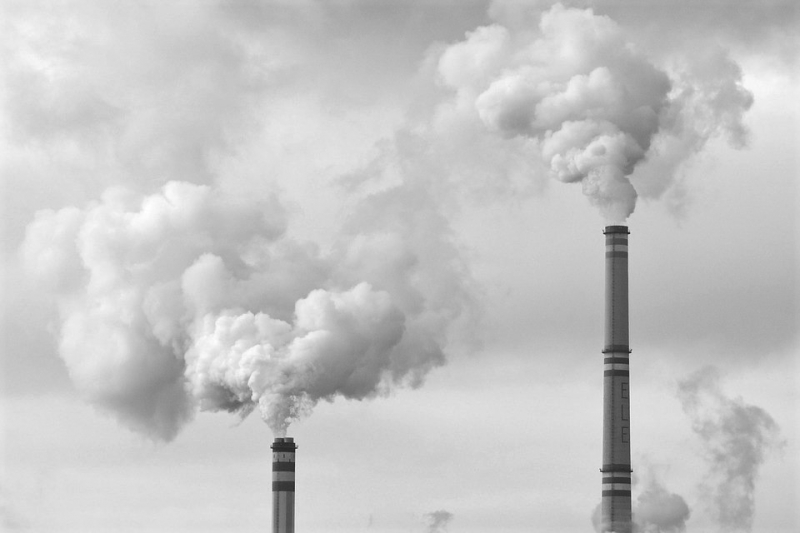It was a half century ago that the federal government for the first time went to court “to close down a plant for polluting the air.” The quote is from the February 8, 1969, edition of the New York Times. The facility at issue was a chicken rendering plant in Bishop, Maryland, whose emissions were wafting into neighboring Delaware, thus allowing newly installed Attorney General John Mitchell — who would go on to play a major role in the Watergate scandal — to initiate the history-making suit.
The filing came more than a year before debate was to begin in Congress on the Clean Air Act of 1970, which would authorize all sorts of federal suits against offending facilities, even if the pollution were local, including suits by ordinary citizens. But its predecessor, the Clean Air Act of 1963, was not a totally impotent tool. And neither were its predecessors, dating back to the first federal air pollution statute, passed during President Eisenhower’s first term. That is the conclusion of Christopher D. Ahlers, writing in Environmental Law, a journal published by Lewis & Clark Law School.
 Furthermore, says Ahlers, the events of 1970, such as Earth Day and the founding of the Environmental Protection Agency, although inspirational, were not the main factors driving congressional passage of the new air amendments.
Furthermore, says Ahlers, the events of 1970, such as Earth Day and the founding of the Environmental Protection Agency, although inspirational, were not the main factors driving congressional passage of the new air amendments.
“Although the events of the Year of the Environment played a role in motivating the passage of the Clean Air Amendments of 1970, they do not explain how Congress actually constructed the CAA,” Ahlers writes. “Contrary to the traditional view, the modern CAA was the product of a long, plodding legislative process over the course of 15 years, in which Congress grappled with the problem of addressing a complex problem within contemporary legal and political constraints.” Ahlers believes that “far from being weak and ineffectual, the federal air pollution laws of 1955, 1963, 1965, and 1967 laid the legal and conceptual framework for the modern CAA.”
Is Ahlers correct? A look at the unrelated events that coincidentally closely followed the first federal air pollution suit shows that the earlier legislation was indeed setting the paradigm for the 1970 amendments.
Three days after Mitchell’s filing, the New York Times noted that the Robert H. Finch, the secretary of health, education, and welfare, published “guidelines [which] set forth minimum levels at which air pollutants are considered harmful to health.” The newspaper quoted a departmental spokesman who said that “a major air pollution control effort would be required” in many areas if the levels were adopted. But the National Air Pollution Control Administration quickly noted that the pollutant numbers were “‘guidelines’ rather than ‘standards.’” A key upgrade of the 1970 amendments, of course, is the requirement that the federal government set ambient air pollution standards requisite to protect public health, but this was an important first step.
On March 16, the Times reported another development in the war against pollution: a successful test of scrubbers and a bag filter at a power plant owned by Southern California Edison. “All the particulate matter and most of the SO2 from an oil-fired burner’s flue gas was removed,” according to the paper. The journal also reported that a coal plant in Reading, Pennsylvania, had been running for two years with electrostatic precipitators able to remove 99.5 percent of fly ash. The 1970 legislation and successors would eventually require such technology.
On March 23, more clean air progress was announced, this time against the oxides of nitrogen that form smog. The California Air Resources Board found that an adjustment on car engines reduced emissions of the ozone precursor by one third. The 1970 clean air amendments would of course require controls to be installed on car engines, including catalytic convertors.
The 1970 CAA and its successors are powerful laws, but significant progress was being made before they passed, highlighting the opportunities for pollution reduction while also showcasing the legal limitations Congress would need to fix in amending the statute.
[This piece originally appeared in the March-April 2019 issue of The Environmental Forum® and is reprinted with permission]
